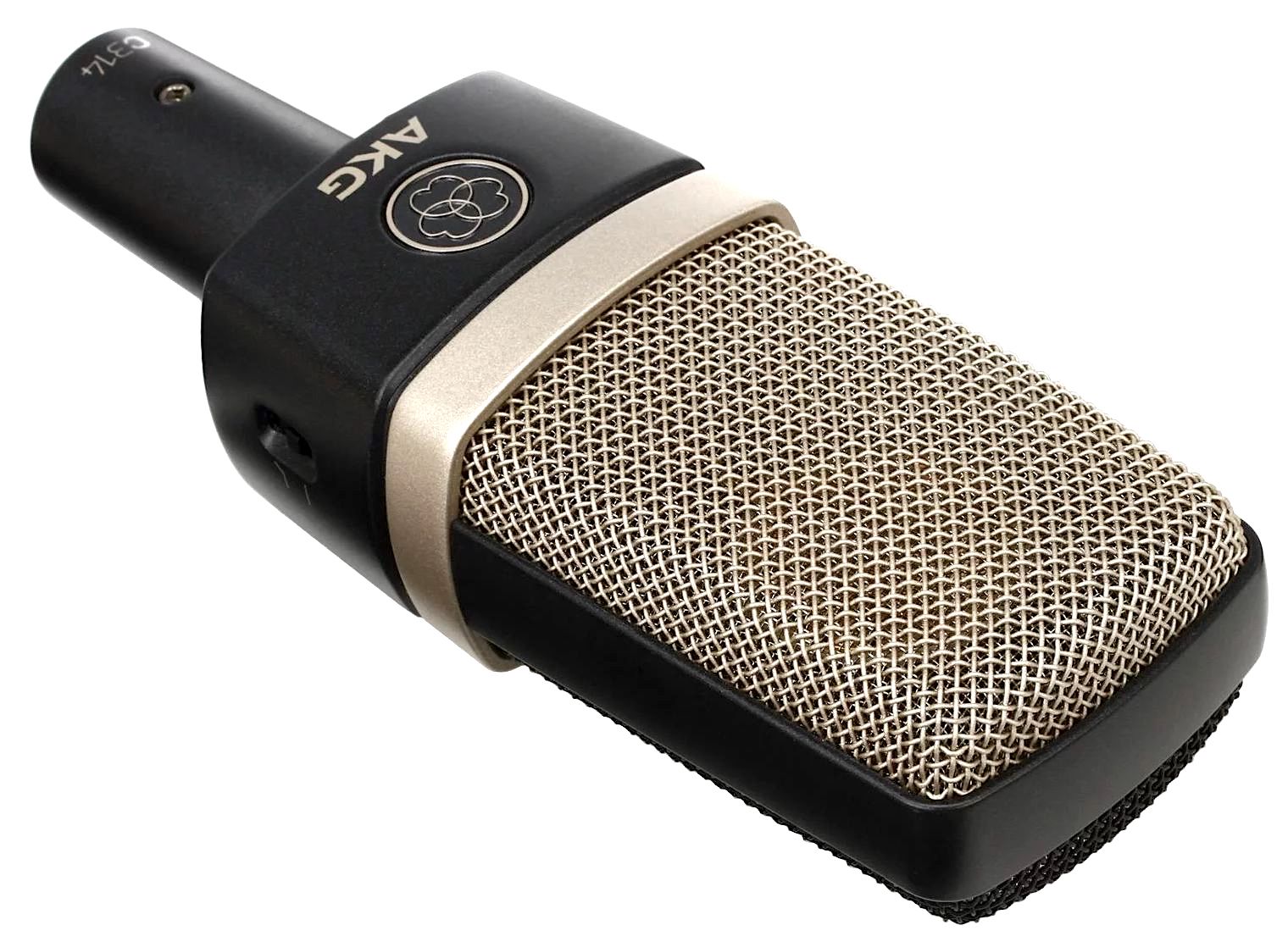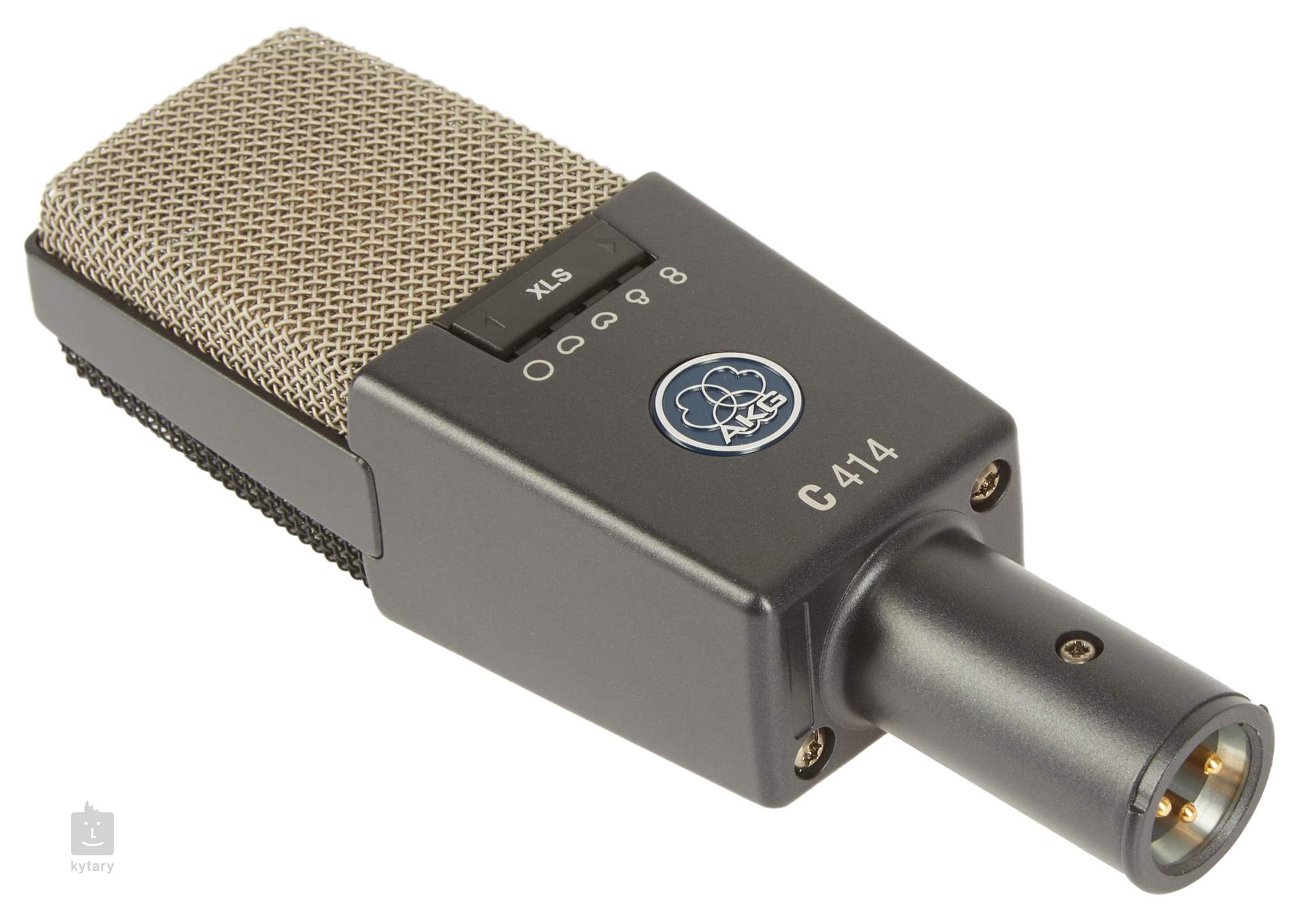If you own a studio or a home studio, you might want to take the step to make your first vocal recordings. Or maybe that you’re musician or singer and that you would like to record yourself.
But you probably noticed that choosing the right microphone is not that easy. This article will help you to choose the right microphone for your next vocal recordings, depending on your budget and your wishes.
Ready ? Here we go!

Before starting…
The first thing you have to know (if you don’t already know it…) is that the best type of microphone for vocal recording, used 95% of the time in professional studios, is the large diaphragm mic.
So if you want to save long hours of research for a new microphone, you know where to go!
In this article, we will describe 8 microphones that you could considerate for your next purchase… from the lowest to the highest budget.
1. Low budget
Having a budget lower than 100$ is, in my opinion, a pure waste of money in the microphone field, because the components of those microphones are bad and their lifetime are cruelly short.
However, it is not a problem to have a budget of (more or less) 150 $. But you have to be conscious that this category of microphone will not bring you an amazing quality, because of, again, the components inside the body of the microphone.
If your goal is only to record some demos. This category should be the right option!
A. The Classic: Rode NT1-A (160$)

Description: With its “U87” look, the NT1-A keep being the microphone to get when you’re at the really beginning of your studio’s activities.
The frequency response is pretty flat which is, as a beginner, something really cool as you can be free to easily manipulate the frequencies after the recording process.
If you want to clean up your vocals correctly, my best advice would be to read this article about the 6 bands to focus on when you’re mixing vocal tracks.
B. IDeez Studio’s choice: Audio-Technica AT-2035 (160$)

Description: In my opinion, the AT-2035 sounds a little bit better than the Rode. The mid range is stronger and more stable while the low-mid range is more suitable for vocal recording.
Don’t forget that a microphone choice also depends on the singer. Sometimes the best microphone can sound bad to our ears as it’s not suitable to the artist.
2. Medium budget
It starts to be interesting here! With a medium budget (let’s say between 300$ and 600$) you can really think about recording artists, rappers and singers of your region.
Be careful though… having a good (or several) good microphones in your studio is not a quality guarantee. You have to master the rest of the process (mixing, for instance) before even planning to purchase a new mic of that caliber.
A. The Classic: Shure SM7b (360$)

Description: Often used for podcasts or in radio stations, the SM7b is one the biggest classics in this price range. The recordings made with that beautiful mic sound full and precise.
But in my opinion, it’s a risk to go for that mic if you’re a beginner or if you don’t know a lot about sound engineering, for the simple reason that it’s not a condenser microphone, but a dynamic one.
That means that the frequency response moves a lot depending on the position of the singer from the capsule. And, for studio applications… dealing with a voice that moves is a hell.
B. IDeez Studio’s choice: AKG C314 (450$)

Description: On the market since 1947, AKG is one of the more trustworthy audio brand of the world. And they didn’t disappoint anyone by releasing the C314 in early 2015.
Sitting between the C214 and the C414, the C314 will provide you an amazing voice quality for that price. It also has the big advantage to be suitable for a lot of different sources (voice, drums, sax, trumpet,…)
Is the 314 a bad version of the 414 ? Nope! It would be wrong to say that, because the C314 has a totally different sound character: more powerful in the mid-range, more controlled in the high-end and warmer.
In my opinion, the C314 is the most versatile microphone in that price range.
3. High-Medium budget
We’re now at a level where we can say that we work with some professional stuff. But, again, be careful, because big price doesn’t mean that it’s suitable for vocal recording.
By the way… do you know what you need to build your studio ?
Anyway, those two next microphones should be a right option for you if you want to provide a professional quality and service to your clients (or to yourself!).
A. The Classic: Neumann TLM 103 (1000 $)

Description: Often used in the dubbing field or in vocal recording studio, the TLM 103 is one of the biggest Neumann’s success since it was introduced in 1997.
Its clearness and its breathtaking (yep, that’s their word) definition makes the TLM 103 one of the first choice, if not the first, when it comes to vocal recording.
This microphone has everything a singer would be looking for: clearness, control and an amazing presence above 5kHz.
B. IDeez Studio’s choice: AKG C414 (1100 $)

Description: You could wondering: Why choosing another microphone as our number #1 choice after selling the 103 the way we did ? Simple question, simple answer: It’s an AKG!
The C414 made history in the recording studio world, and it still does! His particularity sits in the high-end range, which is beautifully boosted on that microphone.
Some engineers love it (IDeez Studio too…), others don’t. It actually really depends on what kind of voice you want to record. For hip-hop, pop or dance music, where you’ll often need a nice high end, go for it! But for smoother music like RnB or soul music, maybe you should choose the 103… or another one!
At this level, it’s up to you!
4. High budget
This last category is not that useful, knowing that if you go for an expensive mic like those ones, you probably own a studio and/or you already now a lot about sound engineering.
On the other hand, it might represent a goal for you, which is totally legit and even a good thing. Without goals, we don’t improve ourselves!
Let’s see what we got down here!
A. The Classic: Neumann U87 (3300 $)

Description: How to describe this microphone without writing an entire book ? History speaks for itself. The amount of hits that came from that mic is simply unbelievable.
The U87 has something no other microphone has, something that make you feel that the vocal you just recorded is already mixed with the song.
With the U87, any source will sound great in your monitors and your ears, which is a huge advantage. You’ll be able to use that microphone on overheads, guitars amps, pianos, brass,… You name it. Everything!
It’s simple, you can’t pretend having a professional studio without having a U87.
B. IDeez Studio’s choice: Telefunken TF51 (2000 $)

Description: Even though the U87 is hardly beatable in its category, the Telefunken TF51 can bring you a different sound, something crispier in the high-end and more warm in the low-mid range.
Worthy son of the legendary ELA M 251, the TF51 has an inimitable sound that only Telefunken has.
Funny advantage: This microphone is not common in the music industry, which means that your clients will probably ask you a lot of questions about this mic. A good reason to, first, having nice conversations with them, and also to show them that you’re not in this business to be a clown!
Whatever the microphone you choose. Try to take the one that’s suitable for your application.
Finding the right microphone is not an easy task. But checking out YouTube reviews and customer’s feedbacks can help a lot, way more than you think.
HAVE FUN!!






